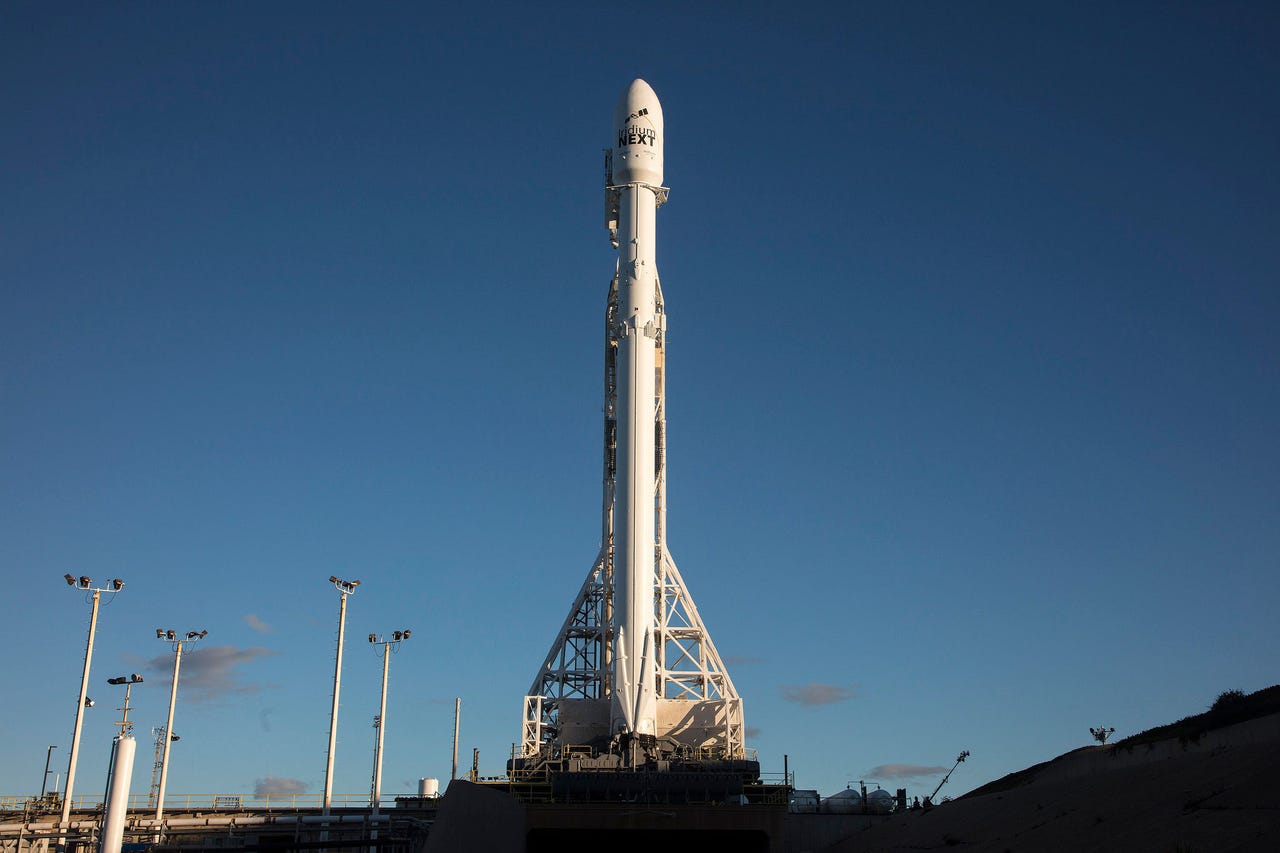SpaceX launches first Falcon 9 rocket since September explosion


SpaceX launched on January 14 its first rocket into low earth orbit since one of its rockets and cargo suffered from a fiery rocket explosion on its launchpad in September 2016.
SpaceX's Falcon 9 rocket launch happened in two stages from California's Vandenberg Air Force Base, just before 11am PST. The Falcon 9 is carrying 10 communications satellites for the company Iridium to launch into low earth orbit.
Completing the first stage, the Falcon 9 rocket returned to a landing pad in the ocean at roughly 11:10am PST, marking SpaceX's seventh successful launch.
"The FAA accepted the investigation report on the AMOS-6 mishap and has closed the investigation," the FAA said in a statement prior to launch. "SpaceX applied for a license to launch the Iridium NEXT satellites from Vandenberg Air Force Base. The FAA has granted a license for that purpose."
The failed rocket launch in September is being blamed on an upper liquid oxygen tank exploding during the fueling process.
Another failed SpaceX launch in 2015 cost the company a quarter-billion dollar annual loss and a 6 percent drop in revenue, the Wall Street Journal reported.
The launch-and-return idea is a pinnacle concept for Elon Musk's dream: a fleet of reusable, reliable rockets and spacecraft which can break not only the gravitational barrier safely, but also span the breach for commercial spaceflight. This strategy has landed Musk and company contracts for over 70 Falcon 9 flights.
SpaceX successfully lands rocket in middle of ocean
SpaceX Falcon 9 rocket explodes during Florida test firing: